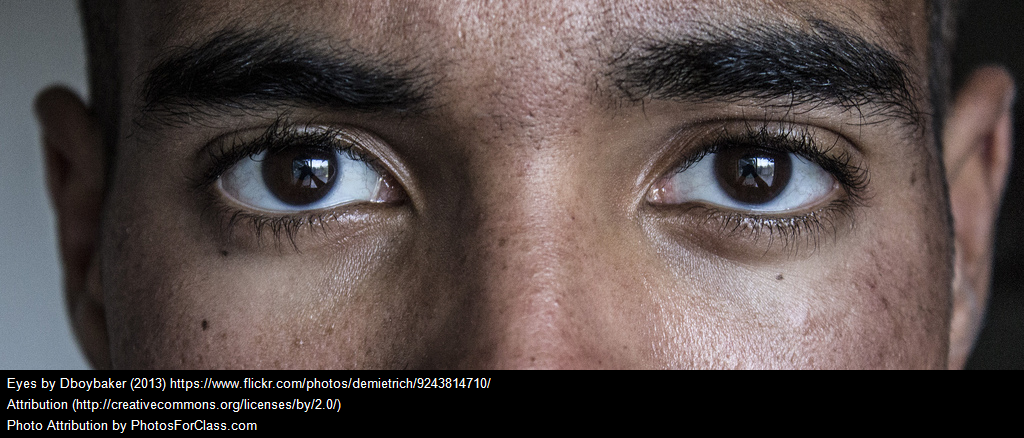2.2 Elements of a Story - Conflict and Point of View
| Site: | Cowichan Valley School District - Moodle |
| Course: | ELA5, CSS, Sferrazza |
| Book: | 2.2 Elements of a Story - Conflict and Point of View |
| Printed by: | Guest user |
| Date: | Tuesday, 16 December 2025, 3:26 AM |
Learning Targets
By the end of this lesson, you should be able to say YES to the following questions.

- Can I understand the definitions of key elements of a story?
- Can I identify key elements of a story and understand their importance?
Point of View
Stories are usually written in either first person point of view or third person point of view.
What does this mean?
 FIRST PERSON POINT OF VIEW
FIRST PERSON POINT OF VIEW
If a story is written in first person point of view, it means the story is written from the main character’s eyes.
Here is an excerpt from The Incredibly Ordinary Danny Chandelier by Canadian author Laura Trunkey:
My stomach drops and my hand shoots off my lap and starts feeling around my pocket before I know what it's doing. I find the gold button and squeeze hard. The plane is tipping to one side and then the other, and Maggie bends over, her head pressed into her knees.
You can tell this is first person because the main character (Danny) refers to himself using the pronouns "my" and "I." There may be pronouns like '"she" or "he" in first point of view perspective – but the KEY CLUES are seeing "me, myself, and I."
THIRD PERSON POINT OF VIEW
If a story is written in third person point of view, it means the story is written from the narrator’s eyes.
Here is an excerpt from Hexed Hair by Canadian author Jennifer Lott:
The two orange cats distracted Eileen by rubbing themselves up against her legs. “Aww, Honey!” she cooed. “Rosey!”
Charlotte decided to finish breakfast. She sat beside Glenda at the table.
Meanwhile, Eileen took the cats into the living room. She pressed the demo button on the electric piano, tapping her fingers over the keys while the tune played itself.
You can tell this is third person because the main characters (Eileen, Charlotte, and Glenda) are referred to with the pronouns "her" and "she." You will not find "me, myself, and I''unless a character is using it in dialogue.
Then go to your Short Story Journal and do Journal #4: Write About an Interesting Day in Your Life.
Point of View Practice
Test your point of view identification skills.
1) As always, I was ecstatic about visiting the library. I walked over with my umbrella in hand and a big sack of books. I happily returned them and filled my bag with sixty new ones.
2) Habat held her breath as she opened the letter. Then she exhaled, and her face lit up as she read the news. She rushed to tell her sister and parents that she was accepted into university.
3) The ocean waves threw my boat violently, and I paddled harder to reach the shore. My muscles ached, but I knew I could not stop. It was just me against the storm.
4) Mr. Wan loved being a teacher's assistant. He liked how he got to help students learn everyday.
Conflict
Conflict is the struggle between opposing forces. Below are the most common conflicts you find in stories.
- Character vs. Character
The protagonist has a conflict with another person, animal or creature (like space aliens!). - Character vs. Nature
The leading character struggles against a force of nature like a storm, earthquake, being lost in a forest, etc. - Character vs. Society
The protagonist struggles against the ideas, practices, laws or customs of society. - Character vs. Self
The protagonist struggles with his or her sense of identity, with a decision he or she has made or has to make, physical limitations, etc.
Go to your Short Story Journal and do Journal #5: Worst Conflict.
Conflict Practice
Test your conflict identification skills.
1) The bully took the candy from the child.
2) The tornado was heading right for Jefferson's home.
3) The Canadian government interned Japanese-Canadian families during World War Two.
4) The student felt guilty for cheating on the test.